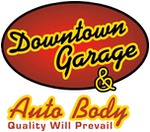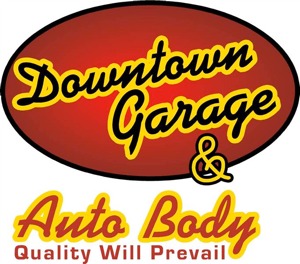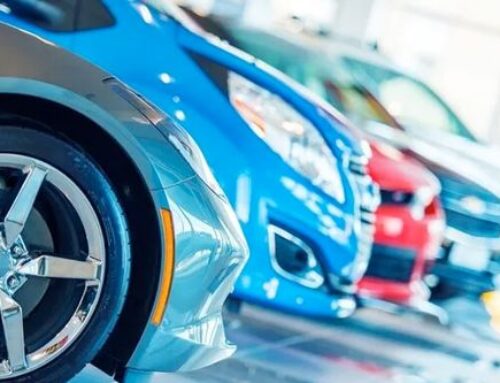If you were recently involved in a collision, you may feel confused and overwhelmed with the emotional and financial stress of repairing your vehicle. Considering minor and severe cosmetic damage can negatively affect the value of your vehicle, you should make repairs a priority.
Unfortunately, most people do not understand the process of filing an insurance claim and ensuring repairs are made effectively and efficiently. By learning the truth behind a few common myths and trusting the professionals for collision repair, your vehicle will look and operate like it did before the accident.
1. Your Insurance Company Requires Specific Repair Shops
When you file a claim after an accident, your insurance company will most likely recommend one or more repair shops. Insurance companies have relationships with these collision repair shops, believing they provide adequate service to their customers. Most people believe that using a repair shop recommended by their insurance company is required, but that is not actually true.
The choice is yours when determining which auto body repair shop is right after a collision. Do your own research and gather quotes from multiple quotes to find a great shop that will repair your vehicle as quickly and as affordably as possible.
Of course, there are some benefits to using the repair specialists recommended by your insurance company. Many experts believe using one of the recommended repair shops guarantee more efficient repairs and longer warranties. Before deciding on any specific collision repair specialist, ask questions specifically about cost, time, and warranties.
2. OEM and Aftermarket Parts Are the Same
You should want your vehicle repaired in the best manner possible. Unfortunately, certain parts may not be best suited for making specific repairs of your vehicle. If your insurance company requires that the automobile is repaired with aftermarket parts instead of OEM parts, proper understanding of the pros and cons of each option is key.
OEM, or original equipment manufacturer, are parts made by your vehicle’s specific manufacturer. Although more expensive, OEM parts have a longer warranty, which can be beneficial over the years.
Aftermarket parts, on the other hand, are more affordable but do not offer much in terms of a warranty. There is a wide variety available as well, allowing your repair shop to purchase the parts from dealerships, auto part shops, and even gas stations in some cases. You might be surprised to learn that some aftermarket parts can actually be equal to or better than OEM parts.
Just because your insurance company recommends them, aftermarket parts can still be a good option for your vehicle repairs.
3. Your Vehicle Will Never Be the Same
Another myth you may believe is that your vehicle will never be the same after repairs are made following your collision. Fortunately, your vehicle can be repaired without negatively changing its look, operation, and handling.
Of course, hiring a trained mechanic to complete the repairs is essential especially if your vehicle has sustained damage to the frame.
Even though you will inspect the vehicle after the repairs are initially made, continue evaluating your vehicle as you drive. Certain signs, such as an uneven wearing down of your front tires, could indicate a problem with your front-end suspension.
If your vehicle’s suspension and frame were repaired because of the collision, take the automobile back to the shop to have the technicians inspect and make the necessary repairs.
Your vehicle is a big investment, so you should want to protect this investment at all times. This is possible even after your vehicle sustains damage from an accident. For a quote or to schedule collision repair after an accident, contact Downtown Garage & Auto Body today.





